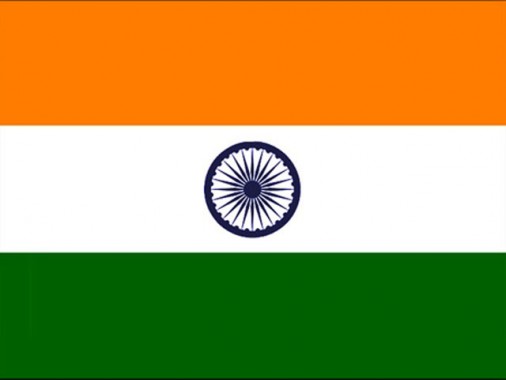
NEW DELHI (AP) – At least 11 Indian women are dead and 20 others seriously ill Wednesday after undergoing free sterilization operations, highlighting the risks women face in reproductive health in a country struggling with high population growth and widespread poverty.
A total of 83 women, all villagers under the age of 32, had the operations Saturday as part of the free sterilization campaign and were sent home that evening. But dozens later became ill and were rushed in ambulances to private hospitals in Bilaspur, a city in central Chhattisgarh state.
By Wednesday morning, at least 11 women had died, District Magistrate Siddharth Komal Pardeshi told Press Trust of India.
The apparent cause of death was either blood poisoning or hemorrhagic shock, which occurs when a person has lost too much blood, state deputy health director Amar Singh said, though the preliminary results from autopsies were expected to be released Wednesday.
About 20 others were in critical care, and the central government was rushing a team of doctors to Bilaspur to help with their treatment.
“Their condition is very serious. Blood pressure is low,” said Dr. Ramesh Murty at CIMS hospital, one of the facilities where the sick women were taken. “We are now concentrating on treating them, not on what caused this.”
India’s government – long concerned about pervasive poverty among its rapidly growing 1.3 billion population- performs millions of free sterilizations to both women and men who want to avoid the risk and cost of having a baby. The vast majority of patients, however, are poor women – paid a one-time incentive fee to undergo the surgery of about $10-$20, or the equivalent of about a week’s pay for a poor person in India. About 180 million people in the country still live on less than $1.25 a day.
India has one of the world’s highest rates of sterilization among women, with about 37 percent undergoing such operations compared with 29 percent in China, according to 2006 statistics reported by the United Nations. During 2011-12, the government said 4.6 million Indian women were sterilized.
Activists blame the incentive payments, as well as sterilization quotas set by the government, for leading health authorities to pressure patients into surgery rather than advising them on other forms of contraception.
“These women have become victims because of the target-based approach to population control,” said Brinda Karat of the All India Democratic Women’s Association, who has demanded that the state’s health minister resign.
India has one of the world’s worst records on maternal health care, with 200 women dying during pregnancy or childbirth for every 100,000 patients, compared with China’s 37 deaths for every 100,000 women who give birth. Its infant mortality rate – 63 of every 1,000 newborns die – also makes it one of the worst places on Earth to be born. By comparison, China records about 15 infant deaths for every 1,000 births.
The women who underwent surgery on Saturday were each paid about $10, and all 83 surgeries were performed within six hours, the state’s chief medical officer, Dr. S.K. Mandal, told the Associated Press by telephone.
“That is not usual,” he said, but declined to comment further until the autopsies had determined exactly what went wrong.
The state suspended four government doctors, including the surgeon who oversaw the operations and the district’s chief medical officer.
“It appears the incident occurred due to negligence” by doctors, Chhattisgarh Chief Minister Raman Singh said, before urging patience for the autopsy results. He also said the victims’ families would each receive a compensation payment of about $6,600.
Prime Minister Narendra Modi said in Myanmar, where he was on an official visit, that he had spoken with Singh and urged a thorough investigation.
Meanwhile, the state’s surgeons held an emergency meeting Tuesday night to discuss whether to continue with the state’s sterilization schedule, with a target of 180,000 for the year ending in March set by the central government, Mandal said. They also were discussing surgery practices and guidelines, he said.
The World Health Organization advises that a patient be monitored for 48 hours after undergoing laparoscopic, or “keyhole,” sterilization surgeries like those conducted in Bilaspur. The procedure is one of the most commonly performed, minimally invasive surgeries, and is usually done under local anasthetic.
A spokeswoman for the federal Health Ministry declined to confirm whether the central government was setting sterilization quotas. India’s central government had said it stopped setting targets for sterilizing women in the 1990s.
India was one of the first countries to introduce family planning as a government program in the 1960s, when the country’s population was less than half what it is today at about 450 million. But outrage erupted in the 1970s after Prime Minister Indira Gandhi imposed a policy of forcibly sterilizing men who had already fathered two children. Opponents at the time said the program also targeted unmarried and poor men, with doctors given bonuses for operating on low-income patients. Since then, vasectomies have been relatively unpopular in India, with only about 1 percent of men opting for the procedure.
SOURCE





